Cure your ‘beauty burnout’ with Kindred Black’s artisanal glassware
Does a cure for ‘beauty burnout’ lie in bespoke design? The founders of Kindred Black think so. Here, they talk Wallpaper* through the brand’s latest made-to-order venture

In the age of Instagram and TikTok, the phenomenon of ‘beauty burnout’ is at an all-time high. As a riposte to the speed of the social media algorithm – and the endless stream of mass-produced cosmetics that feed it – in 2015, Alice Wells and Jennifer Francis left the fashion industry and founded Kindred Black, a ‘slow beauty’ brand built on the pillars of artisanal design.
A decade on, Kindred Black is now a cult name to know, beloved for its small-batch formulations made with unusual ingredients from specialist growers around the world, across fragrance, make-up, hair care, sexual wellness and more. Every product is contained in refillable vessels, crafted from exquisite hand-blown glass; tools, such as spoons, spatulas, brushes, tweezers, hair sticks and objects to perform facial massage, are rendered in materials like silver, obsidian and wood.

Marking this milestone year, Kindred Black is now stepping even further into ‘slow beauty’, through branching out into the realms of bespoke production. The new Marcello collection – a trio of lipped, glass vanity bottles with inverted tear-shaped stoppers – can now be filled with the customer’s choice of intoxicating oils, serums or lubricant. This follows on from the Talisman collection: made-to-order, shiny black vessels topped with sculptural sterling silver stoppers.
Here, Wells and Francis catch up with Wallpaper* to discuss this next chapter.
A cure for ‘beauty burnout’: Kindred Black’s artisanal approach
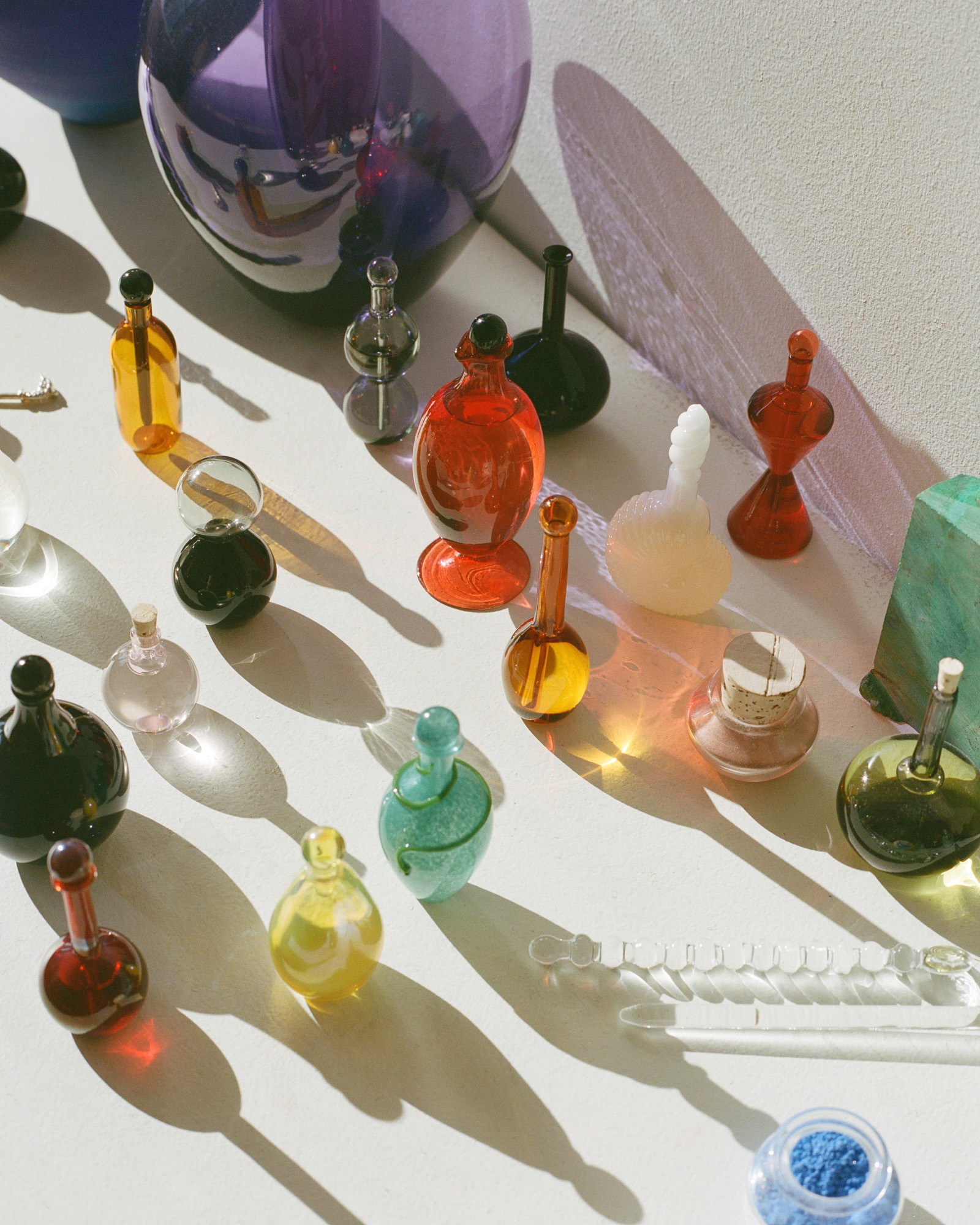
Wallpaper*: Congratulations on ten years of Kindred Black. How have things changed since those early days?
Alice Wells: It’s been such an evolution, we’ve been so many iterations of ourselves, but now we’ve defined who we are and sharpened up the vision. There is this wonderful maximalism to what we’re doing now, and the through-line of everything we’ve done has been beauty.
Jennifer Francis: There is a need to make beautiful things for people who care about the environment and design. Ten years ago, there was such a specific, narrow aesthetic for that person. I think we’ve refined it somewhat. As we both came from fashion and curation backgrounds, we’ve learned a lot along the way, now working in beauty. Although I’m not sure we necessarily think of ourselves as a beauty brand… It’s almost closer to art.
Wallpaper* Newsletter
Receive our daily digest of inspiration, escapism and design stories from around the world direct to your inbox.

The Marcello collection of glass bottles by Kindred Black
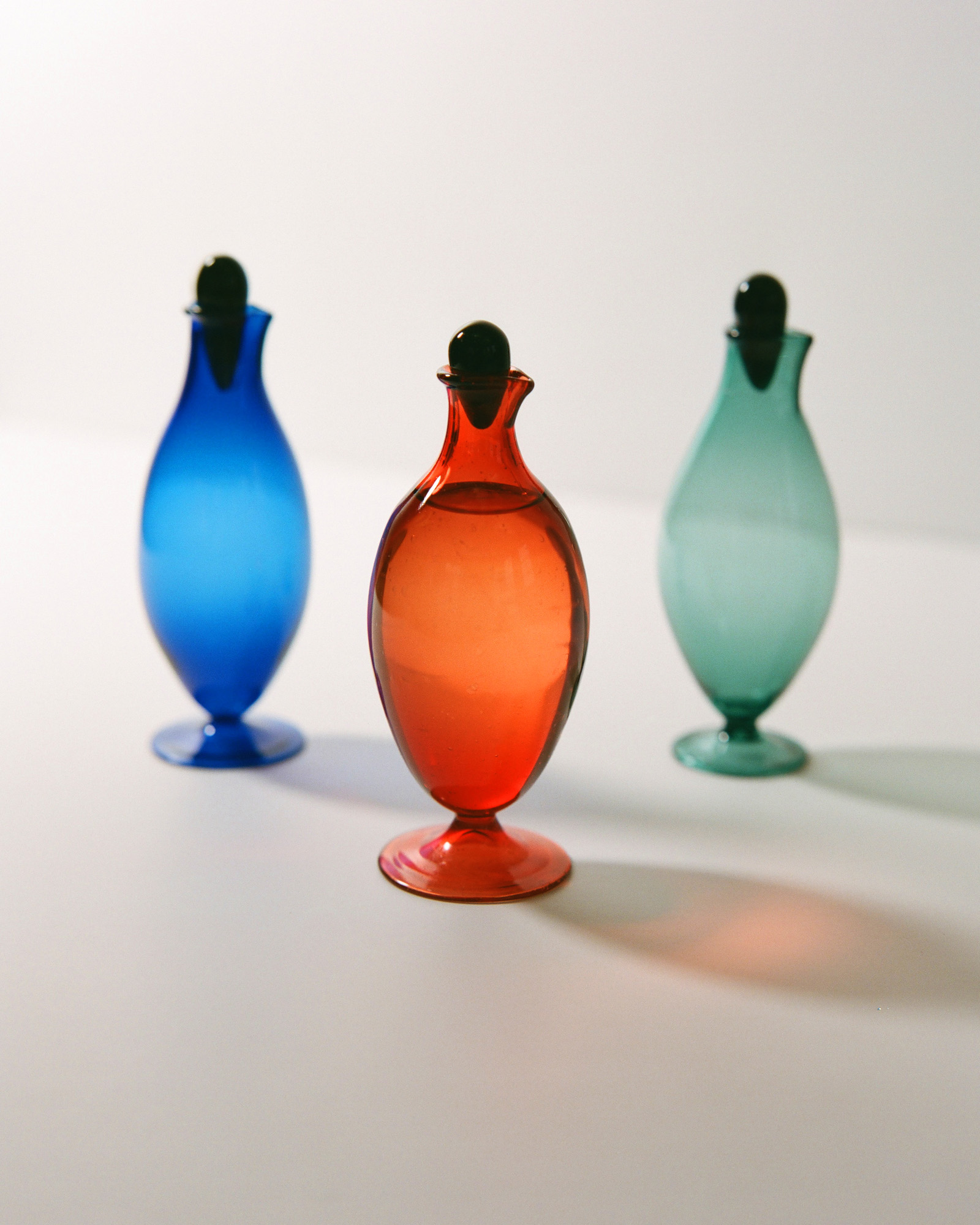
W*: Who are some of the makers and growers you have worked with over this decade?
AW: In this sense, we are still curators, in the way we’ve found these creators from all around the world. There’s a perfumer in upstate New York who lives on this incredible lilac farm and a herbalist in the southwest, in the Sonoran Desert, who really knows her stuff when it comes to native plants. We work with all these experts, and many of them have been a part of the journey for the whole ten years.
JF: But the [collaborative] relationship pushes them too. For example, our glass makers, who are used to working on a bigger scale, hone their craft to create these tiny pieces. We tend to work with individual artists, but we’ve been doing a lot with a glass collective in Chicago that is very involved in community projects, and also a cool factory in Mexico that uses all the municipal recycling for their glass because there are no recycling services available there. They’re kind of revolutionary... they even use blood from local butchers to power some of their tools. It’s very circular.

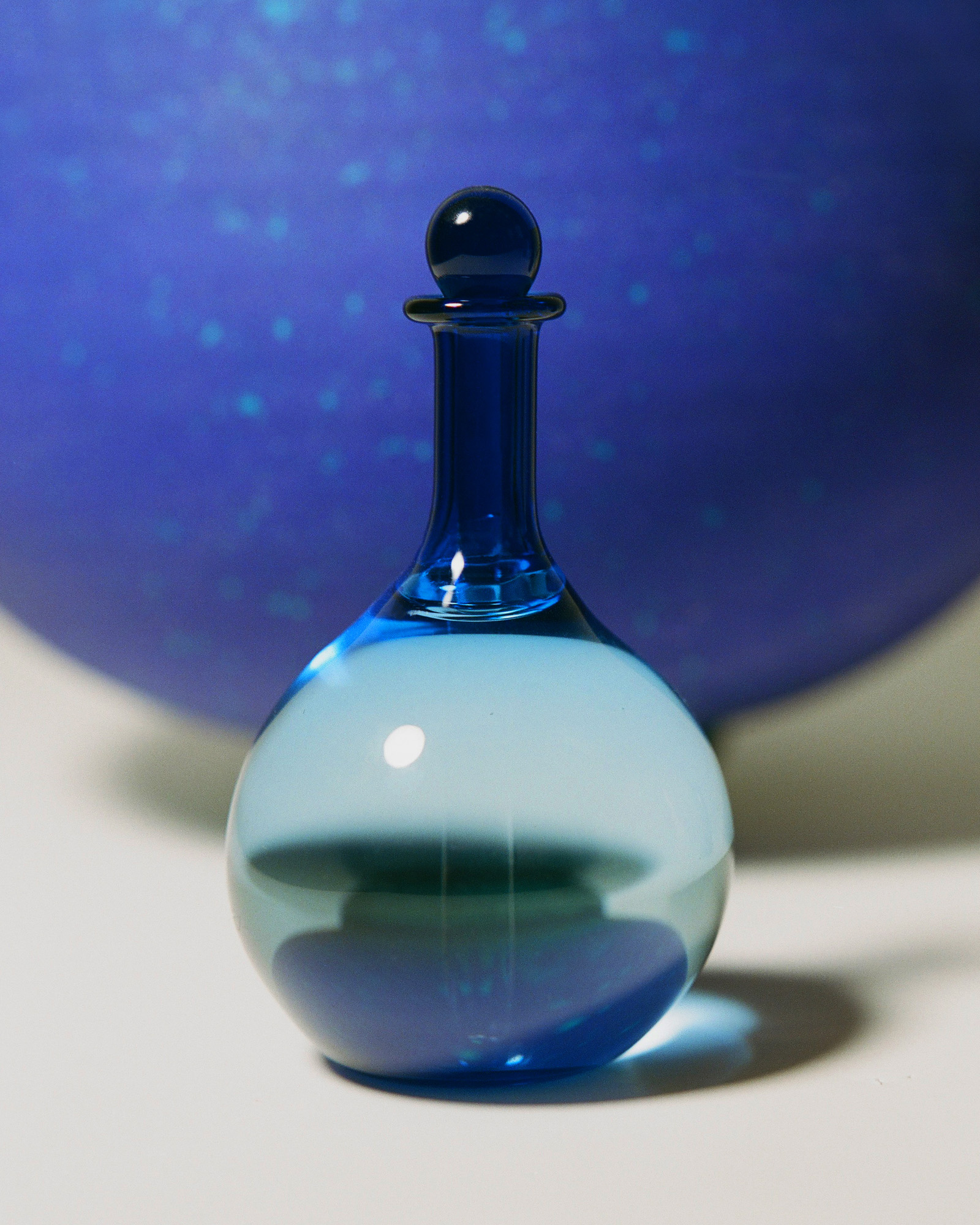
W*: How have you developed the design codes for Kindred Black?
JF: There are certain images we go back to over and over. A lot of them have some kind of connection with family, our personal histories and of course with travel.
AW: We were both raised by collectors and Kindred Black has fuelled the fire for us to build our own collections. So objects from our personal ‘curio cabinets’ will make their way into the designs: a seashell from the beach; an antique miniature lobster cast; snuff boxes and perfume bottles; old jewellery and teeny little hand-woven scorpions the size of your pinky nail.
W*: And what comes first: the bottles, or what’s inside them?
JF: Typically, it starts with a special ingredient that we want to work with. Then the bottle comes after the ingredient.
AW: Although the Talisman bottles and the Marcello collection are the reverse of this process. Our first forays into customisable pieces mean that we design the vessels first, with the customer deciding what bottle they want on their vanity table, before selecting what goes inside it according to their needs.

W*: What was the inspiration for the Marcello collection vessels?
AW: We’ve been looking at a lot of Murano glassware, specifically in the 1980s and 1990s. It was very post-modern and playful and influenced by the design movements in Milan [such as Memphis Milano]. But very graceful too. And there was one glass studio that we kept returning to again and again in our research, called LIP Murano and a designer called Marcello Furlan. He created these beautiful shades of bold cobalt and vivid tangerine in pillowy glass with a weighty black stopper. The way he played with proportions was amazing. This collection is an homage to his work.
W*: What’s next for Kindred Black?
JF: This year, it feels important to open our horizons even more and get out there and collaborate with other like-minded designers. We have collaborations coming up with people in Denmark, France, and Spain. The big challenge is that everyone always wants to know how you’re going to scale your business. But that’s not the way we want to work with our artists. We go back and forth on whether what we’re doing now is ‘enough’. But really, it’s just about making something cool and doing what we love.
A photo posted by on
India is a writer and editor based in London. Specialising in the worlds of photography, fashion, and art, India is features editor at contemporary art and fashion bi-annual Middle Plane, and has also held the position of digital editor for Darklight, a new-gen commercial photography platform. Her interests include surrealism and twentieth century avant-garde movements, the intersection of visual culture and left-wing politics, and living the life of an eccentric Hampstead pensioner.
-
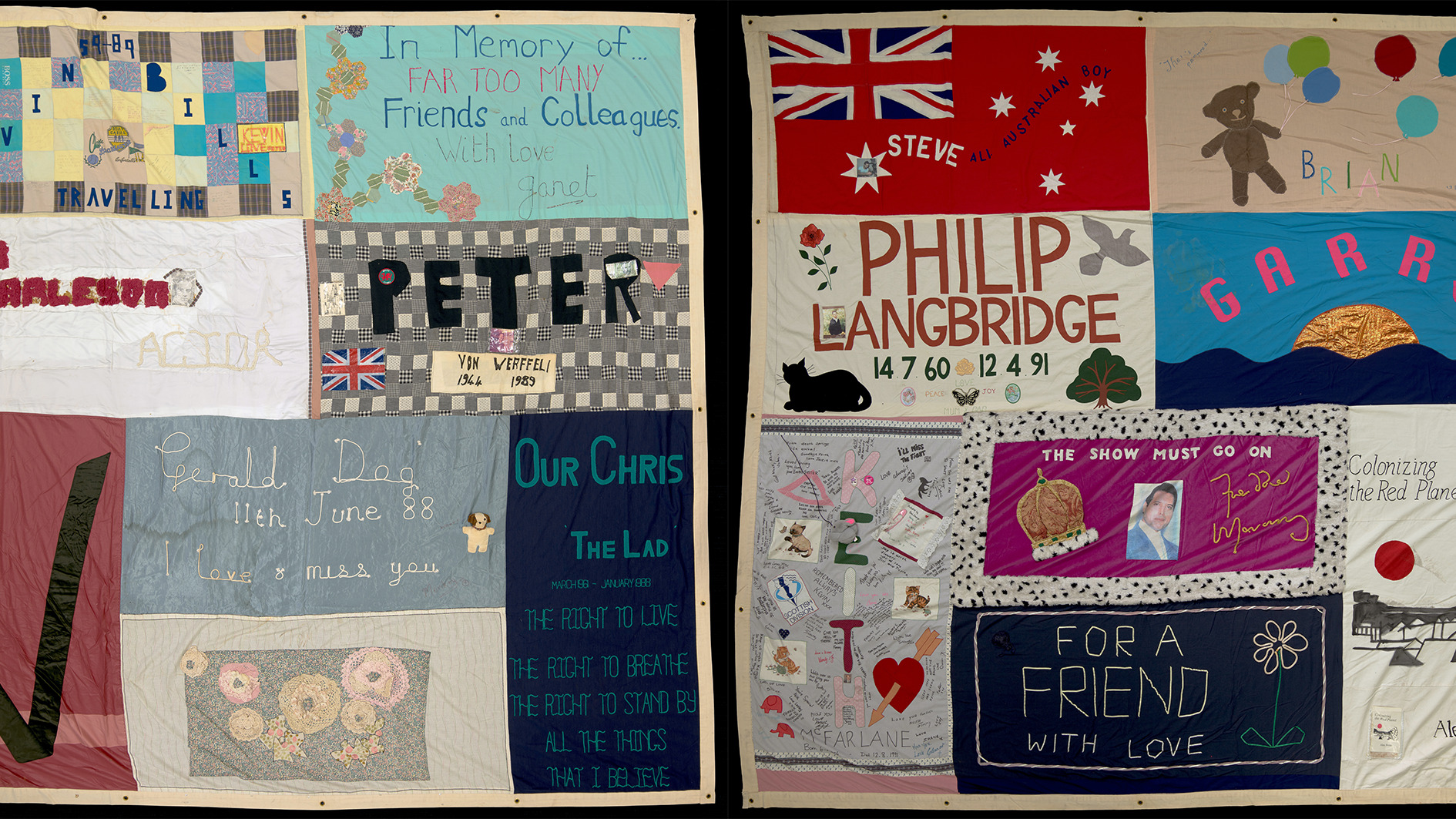 The UK AIDS Memorial Quilt will be shown at Tate Modern
The UK AIDS Memorial Quilt will be shown at Tate ModernThe 42-panel quilt, which commemorates those affected by HIV and AIDS, will be displayed in Tate Modern’s Turbine Hall in June 2025
By Anna Solomon
-
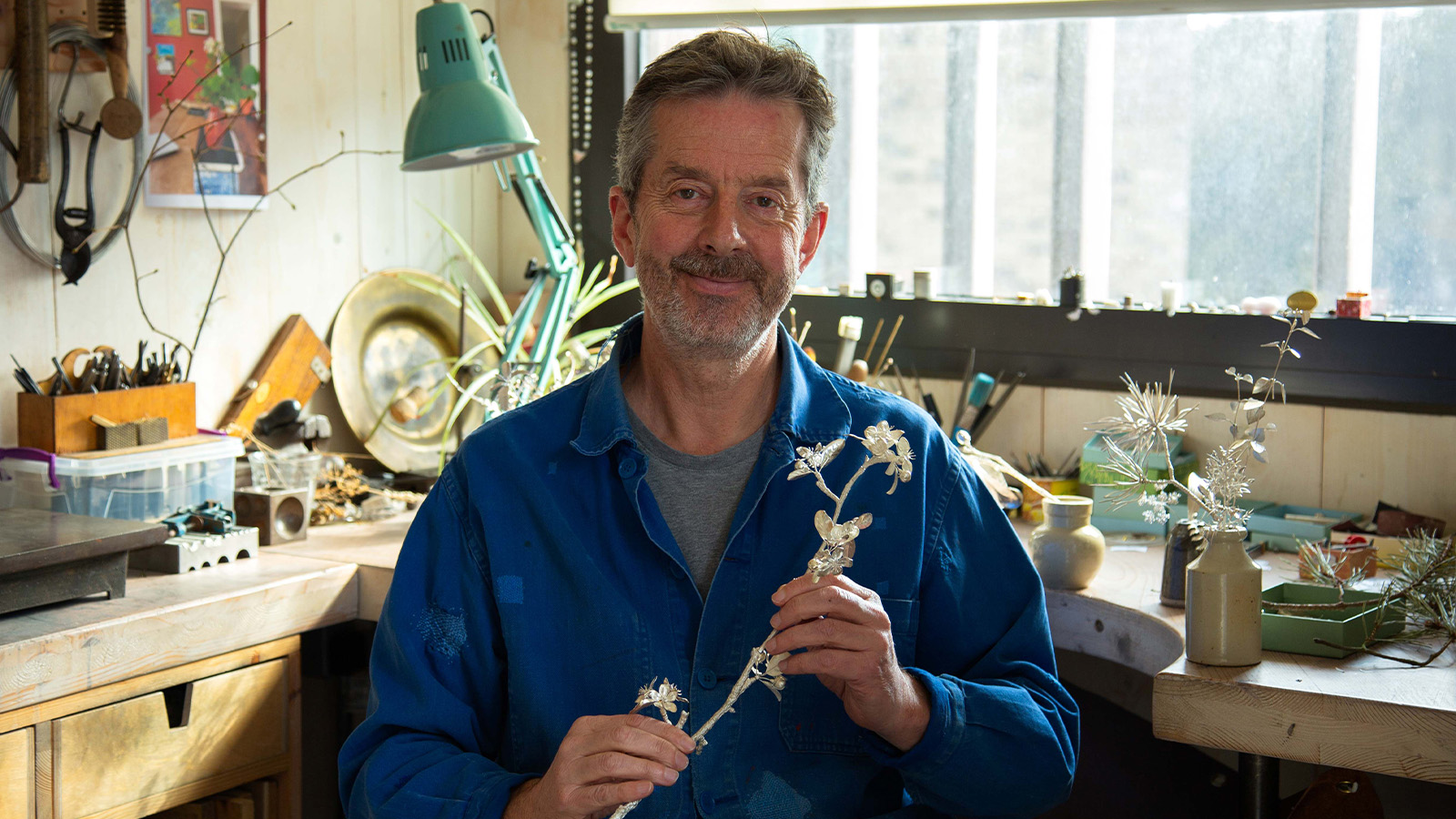 Nature sets the pace for Alex Monroe’s first sculpture exhibition
Nature sets the pace for Alex Monroe’s first sculpture exhibitionThe British designer hops from jewellery to sculpture for his new exhibition at the Garden Museum, London. Here, he tells us why nature should be at the forefront of design
By Tianna Williams
-
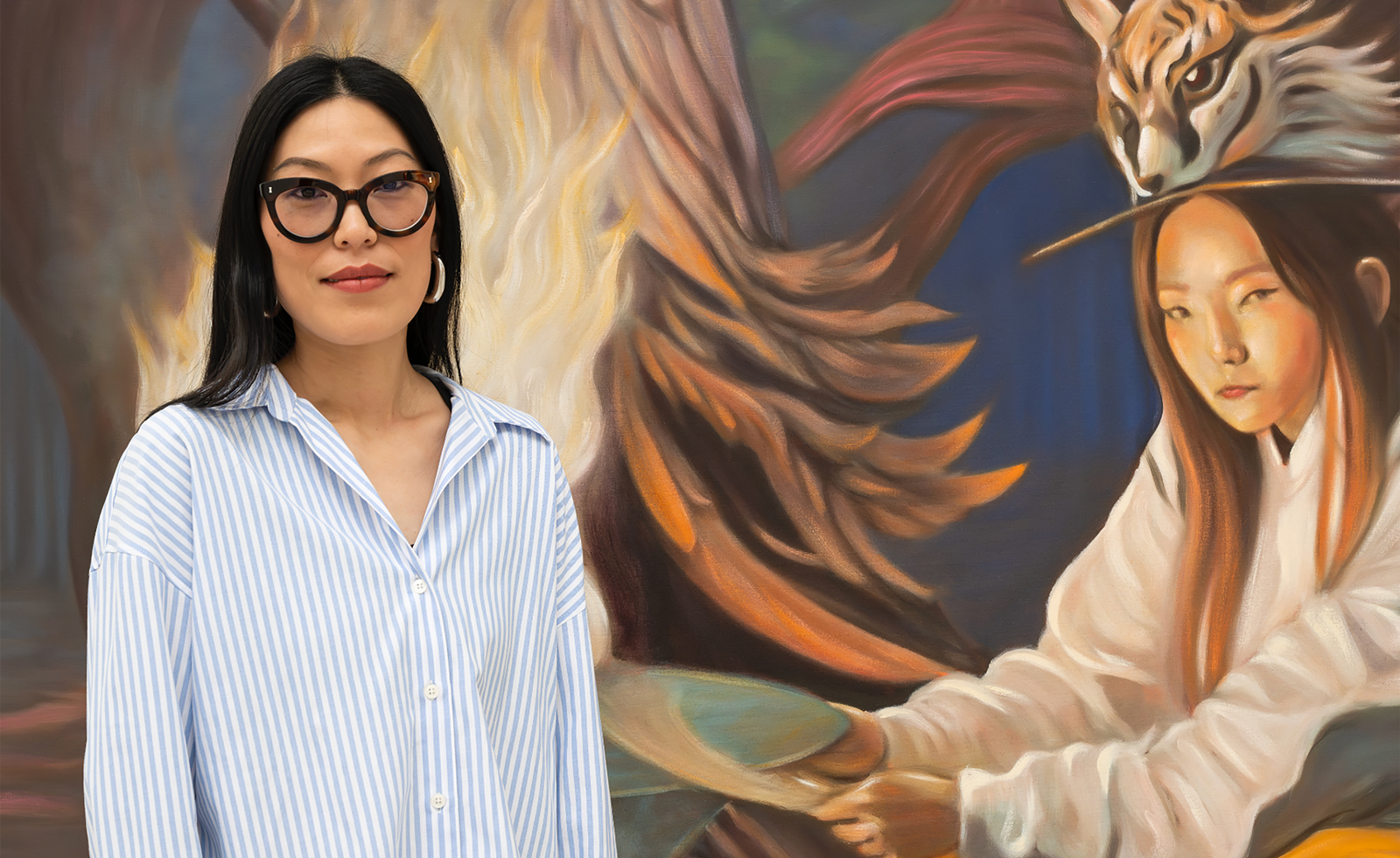 Meet the Turner Prize 2025 shortlisted artists
Meet the Turner Prize 2025 shortlisted artistsNnena Kalu, Rene Matić, Mohammed Sami and Zadie Xa are in the running for the Turner Prize 2025 – here they are with their work
By Hannah Silver